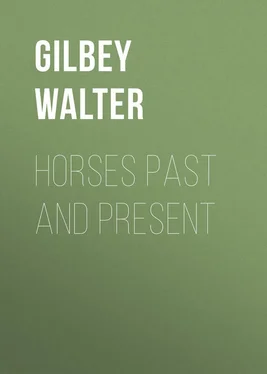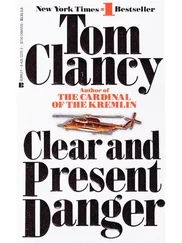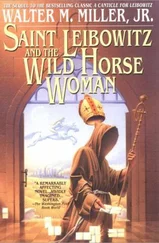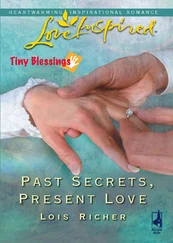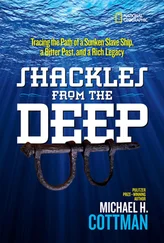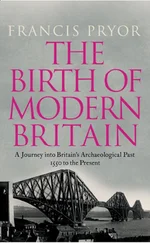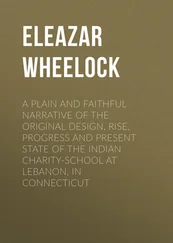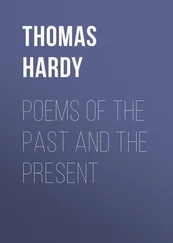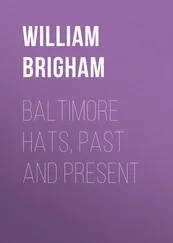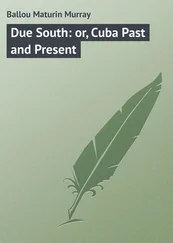In the year 1514, the Marquis of Mantua sent Henry VIII., from Italy, a present of some thoroughbred horses; these in all probability formed the foundation stock of our sixteenth-century racehorses. The Privy Purse Expenses quoted above refer to “the Barbaranto hors” and “the Barbary hors,” which are doubtless the same animal. A hint that it was raced occurs in the mention of a payment to Polle (Paul, who as previous entries show, was the keeper of this horse), “by way of rewarde,” 18s. 4d., and on the same day (March 17, 1532), “paid in rewarde to the boy that ran the horse, 18s. 4d.”
That curious record, The Regulations of the Establishment of Algernon Percy, Fifth Earl of Northumberland , which was commenced in the year 1512, gives us a very valuable glimpse of the private stud maintained by a great noble in Henry VIII.’s time. The list of the Earl’s horses “that are appointed to be in the charge of the house yearly, as to say, gentell horseys, palfreys, hobys, naggis, cloth-sek hors, male hors,” is as follows: —
“First, gentell horsys, to stand in my lordis stable, six. Item, palfreys of my ladis, to wit, oone for my lady and two for her gentell-women, and oone for her chamberer. Four hobys and nags for my lordis oone (‘own’ in this connection) saddill, viz., oone for my lord, and oone to stay at home for my lord.
“Item, chariot hors to stand in my lordis stable yerely.
“Seven great trottynge horsys to draw in the chariot and a nag for the chariott man to ride – eight. Again, hors for Lord Lerey, his lordship’s son and heir. A gret doble trottynge hors called a curtal, for his lordship to ride out on out of towns. Another trottynge gambaldyn hors for his lordship to ride on when he comes into towns. An amblynge hors for his lordship to journeye on daily. A proper amblynge little nag for his lordship when he goeth on hunting and hawking. A gret amblynge gelding, or trottynge gelding, to carry his male.”
In regard to these various horses, it may be added that the “gentell hors” was one of superior breeding; the chariott horse and “gret trotting horsys” were powerful cart horses; the “curtal” was a docked great horse; the “trottynge gambaldyn” horse one with high and showy action, and the “cloth sek” and “male hors” carried respectively personal luggage and armour.
Конец ознакомительного фрагмента.
Текст предоставлен ООО «ЛитРес».
Прочитайте эту книгу целиком, купив полную легальную версию на ЛитРес.
Безопасно оплатить книгу можно банковской картой Visa, MasterCard, Maestro, со счета мобильного телефона, с платежного терминала, в салоне МТС или Связной, через PayPal, WebMoney, Яндекс.Деньги, QIWI Кошелек, бонусными картами или другим удобным Вам способом.
Ponies Past and Present. By Sir Walter Gilbey, Bart, published by Vinton & Co., Limited.
“The History and Art of Horsemanship.” By Richard Berenger, Gentleman of the Horse to George III., published 1771.
“London,” by Stephanides. Leland’s Itinerary , vol. viii.
“The History of Newmarket.” By T. P. Hore. (3 vols.) H. Baily & Co. London, 1886.
See The Great Horse or War Horse (p. 26). Third edition. By Sir Walter Gilbey, Bart. Vinton & Co., Ltd. 1899.
